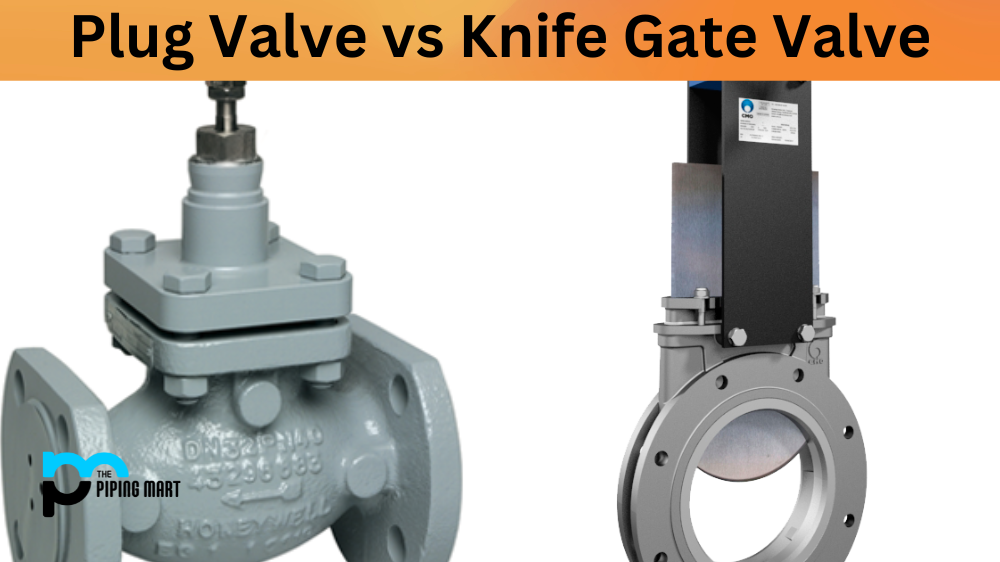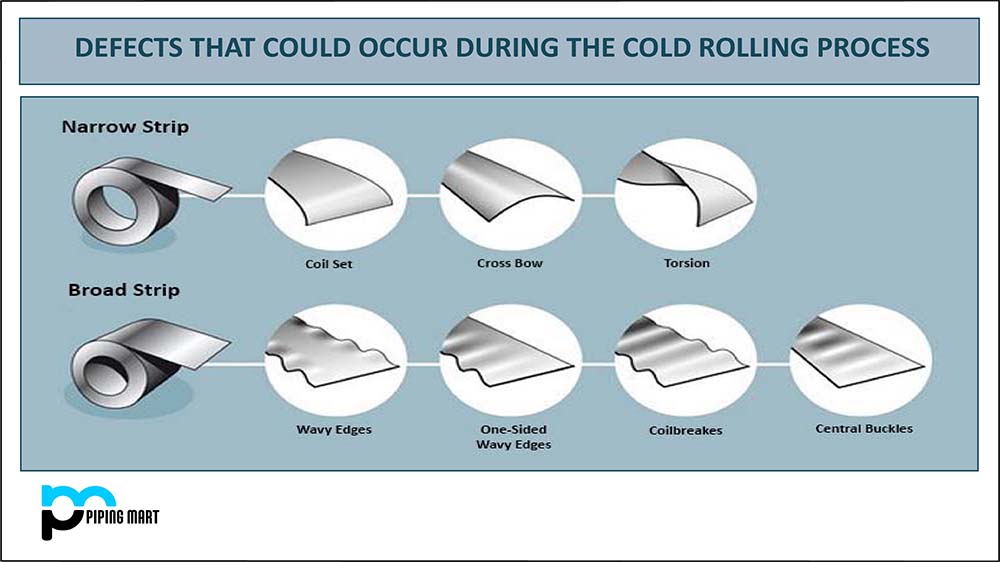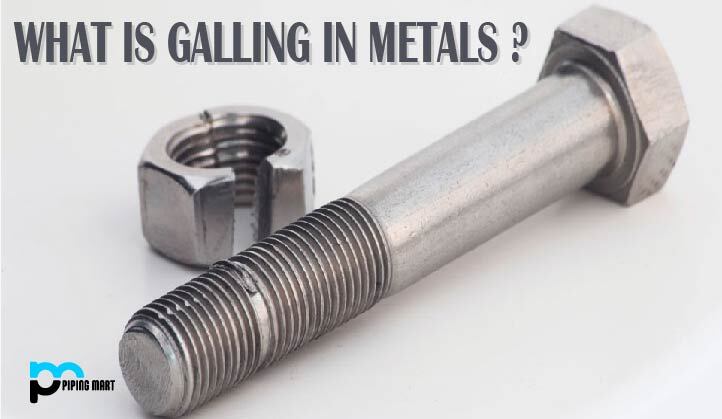When controlling fluid or gas flow in pipelines, choosing the correct valve is critical. The market is filled with various valve types, but two popular choices are plug and knife gate valves. Each valve has unique features and advantages, making them suitable for specific applications. In this blog post, we’ll compare plug and knife gate valves, discuss their differences, and help you decide which valve is best for your applications.
Plug Valves
Plug valves rotate a cylindrical or tapered plug inside the valve body to open or close the flow path. These valves are ideal for applications that require low to moderate flow rates and are good at providing tight shutoff isolation.
Knife Gate Valve
Knife gate valves use a sliding gate to control flow by moving it up and down to cover or uncover the flow path. These valves are designed for high flow rates, abrasive slurries, and applications that require heavy-duty service.
Difference Between Plug Valve and Knife Gate Valve
Construction
Another difference between plug valves and knife gate valves is their construction. Plug valves are typically cast iron, stainless steel, or brass. They are available in various configurations, including non-lubricated, lubricated, sleeved, and micro-flow. Lubricated plug valves require periodic maintenance, but they provide better resistance to wear and corrosion. Sleeved plug valves have a flexible elastomer sleeve that provides tight sealing, while micro-flow plug valves are designed for precise flow control in small pipes. Knife gate valves are usually cast iron, carbon, or stainless steel. They can have a resilient or metal-reinforced elastomer seat and a variety of gate materials, such as stainless steel, cast iron, or polyurethane. Some knife gate valves also feature a packing gland that prevents leakage around the stem.
Applications
In terms of application, plug valves are preferred for applications that require frequent operation, low flow, and tight shutoff. They are often used in the food and beverage, pharmaceutical, and water treatment industries. Plug valves are also suitable for critical applications where a high degree of accuracy is required to control the temperature or fluid flow. On the other hand, Knife gate valves are used in applications that require larger discharge sizes, such as the pulp and paper, mining, and wastewater industries. They are also suitable for abrasive materials and high-pressure applications, where a tight shutoff is not critical. Plug and knife gate valves are widely used in oil, gas, petrochemical, and water treatment industries. The main difference between the two valves is the mechanism by which they control fluid flow.
Which one is better?
Several factors should be considered when choosing between plug and knife gate valves. These include flow requirements, fluid properties, operating pressure, temperature, and the level of maintenance required. Plug valves are simple to use, install, and maintain, and they are an economical choice for applications that require frequent operation and low flow. However, they are not suitable for abrasive materials, high-pressure applications, or applications that require a high degree of accuracy. Knife gate valves are ideal for larger discharge sizes, abrasive materials, heavy-duty service, and high-pressure applications. They require minimal maintenance and offer a reliable, long-lasting solution. However, they are more expensive than plug valves and may need more installation space.
How do Plug Valves Work?
Plug valves work by using a plug to stop or start fluid flow. The pin is inserted into the valve’s body and turned to either open or close the valve. When the spigot opens the valve, fluid can flow through; when the hook is turned to close the valve, juice cannot.
How do Knife Gate Valves Work?
Knife gate valves use a blade to stop or start fluid flow. The blade is inserted into the valve’s body and turned to either open or close the valve. When the edge is turned to open the valve, fluid can flow through; when the bite is rotated to close the valve, juice cannot.
What are the Advantages of using a Plug Valve?
Some advantages of using a plug valve include:
- They provide a tight seal that prevents leakage
- They are easy to operate
- They are less likely to jam than other types of valves
- They are less likely to corrode than other types of valves
- They have a long lifespan and require little maintenance
What are the Advantages of using a Knife Gate Valve?
Some advantages of using a knife gate valve include the following:
- They provide a tight seal that prevents leakage
- They are easy to operate
- They are less likely to jam than other types of valves
What are Some Disadvantages of using a Plug Valve?
Some disadvantages of using a plug valve include:
- They can be more expensive than other types of valves
- They can be challenging to repair if they break
Disadvantages of Knife Gate Valve
Some disadvantages of using a knife gate value include the following:
- The blades can become dull over time and need to be replaced
- The blades can rust if they are not made from stainless steel.
Conclusion
In conclusion, the choice between plug and knife gate valves ultimately depends on the application requirements. While plug valves are appropriate for low flow and tight shutoff applications, knife gate valves are suitable for applications that require larger discharge sizes and heavy-duty service. Understanding the differences between the two valve types allows you to select the correct valve for your application and ensure your system’s smooth and efficient operation. So, evaluate your application requirements carefully and choose the valve that best meets your needs.




